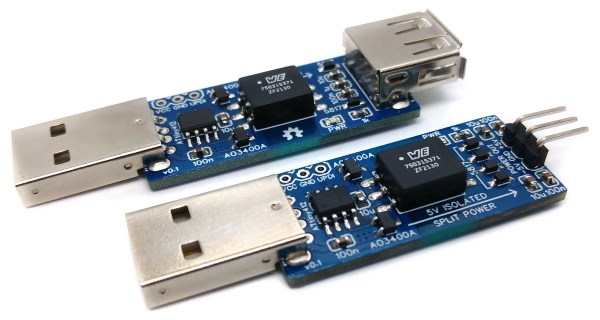The advent of affordable computing over the last few decades has certainly been a boon for many people with disabilities, making it easier to access things like text-to-speech technology, automation, or mobility devices, and even going as far as making it easier to work in general by making remote work possible. Some things still lag behind, though, like user interfaces that don’t take the colorblind into account, or appliances that only use an audio cue to signal to their users. This doorbell, for example, is one such device and [ydiaeresis] is adding features to it to help their mother with some hearing issues.
The first thing up for this off-the-shelf remote doorbell is a “brain transplant” since the built-in microcontroller couldn’t be identified. There are only a few signals on this board though so an ATtiny412 made for a suitable replacement. A logic analyzer was able to decode the signals being fed to the original microcontroller, and with that the push of the doorbell can be programmed to do whatever one likes, including integrating it with home automation systems or other assistive technology. In [ydiaeresis]’s case there’s an existing LED lighting system that illuminates whenever the phone rings.
Although it would be nice if these inexpensive electronics came with the adaptive features everyone might need from them, it’s often not too hard to add it in as was the case with this set of digital calipers. To go even further, some other common technology can be used to help those with disabilities like this hoverboard modified to help those with mobility issues.
Thanks to [buttim] for the tip!













